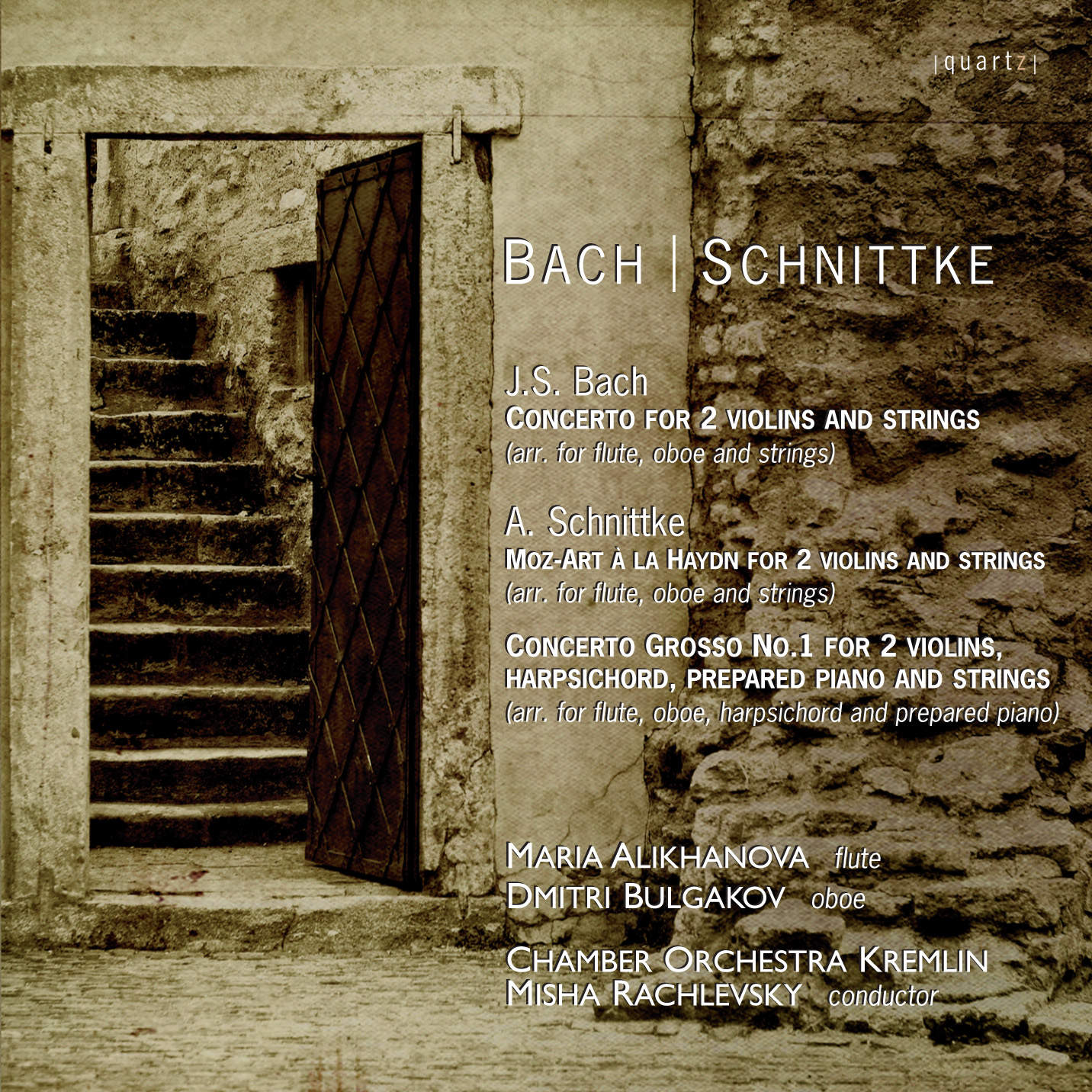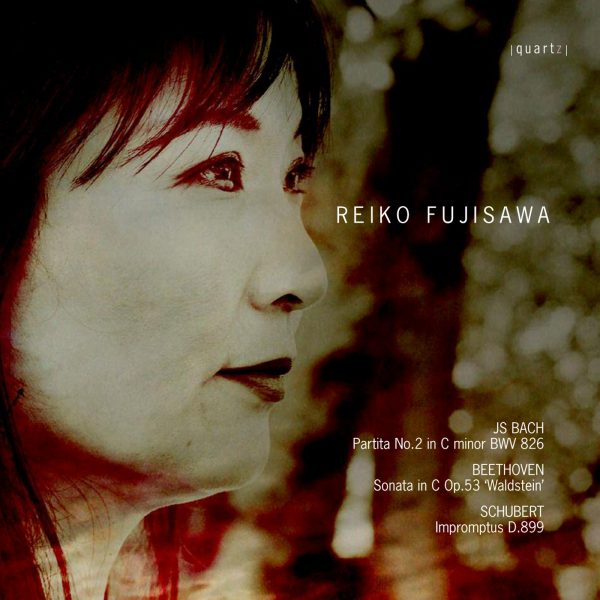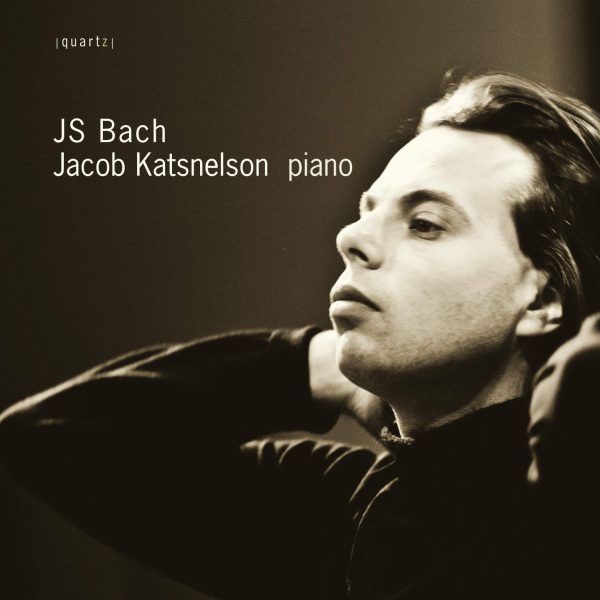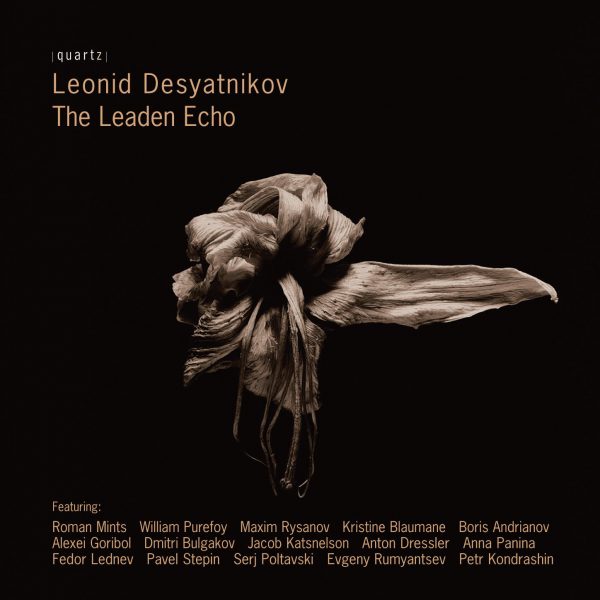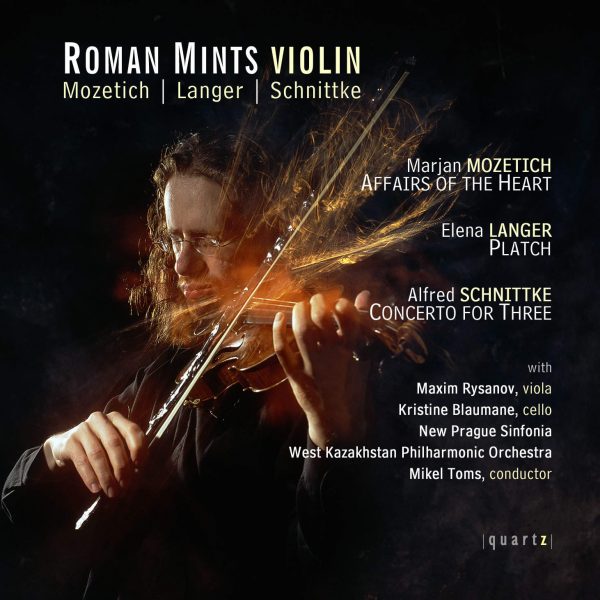Bach | Schnittke
£4.99 – £11.99
J.S. Bach
Concerto for 2 Violins and Strings (arr. for flute, oboe and strings)
A. Schnittke
Moz-art à la Haydn for 2 Violins and Strings(arr. for flute, oboe and strings)
A. Schnittke
Concerto Grosso No 1 for 2 Violins, Harpsichord, Prepared Piano & Strings (arr. for flute, oboe, harpsichord and prepared piano)
J.S. Bach and Alfred Schnittke may not immediately strike the listener as obvious musical companions. Yet there are numerous important parallels between the works on this disc. Alfred Schnittke was fascinated with musical heritage; he appropriated earlier styles and musical quotations to create his own unique brand of ‘polystylism’. In the case of his celebrated Concerto Grosso No.1 it was, of course the music of the Baroque on which he relied most heavily. What better way to illuminate Baroque pastiche, than by recording it alongside a work from that era.
About This Recording
J.S. Bach and Alfred Schnittke may not immediately strike the listener as obvious musical companions. Yet there are numerous important parallels between the works on this disc. Alfred Schnittke was fascinated with musical heritage; he appropriated earlier styles and musical quotations to create his own unique brand of ‘polystylism’. In the case of his celebrated Concerto Grosso No.1 it was, of course the music of the Baroque on which he relied most heavily. What better way to illuminate Baroque pastiche, than by recording it alongside a work from that era.
What also unifies this programme is the theme of arrangement. Bach himself was prolific in re-working music for different musical combinations, and this disc sheds new light on both his music and that of Schnittke by offering their works in fresh transcriptions. In Bach’s Double Concerto, pairs of violins are transplanted by flute and oboe. Mozart, like Bach before him, was no stranger to the art of re-working music for different instruments; he transcribed his own Oboe Concerto to create his second Flute Concerto (both K.314) – and it is the flute and oboe which again take centre stage in this version of Schnittke’s Moz-Art à la Haydn. Finally, we hear Schnittke’s own re-working of his first Concerto Grosso for flute, oboe, harpsichord, and that modernist staple, the prepared piano.
In several of his Brandenburg Concertos and Orchestral Suites, J.S. Bach chose to showcase the melodic capabilities of both oboe and flute, so the choice of these instruments as an alternative to the pair of violins originally used in his Double Concerto seems entirely natural. Arrangement was a process which Bach, and indeed most of his Baroque contemporaries, frequently practised. In fact, Bach’s early exposure to the machinations of the concerto form came via six of his own arrangements of Vivaldi’s violin concertos for different combinations; for instance,
Bach transcribed Vivaldi’s Concerto for Four Violins in B minor, Op.3 No.10, RV 580 to produce the Concerto for Four Harpsichords in A minor, BWV 1065. Bach wrote his Double Concerto, BWV 1043, during what may be described as a ‘purple patch’ in his own concerto output. His earlier adoption of Vivaldi’s ritornello form, in which the tutti material recurs, alternating with passages for the soloist, was relatively straightforward. However in these later works, written in Cöthen between 1717 and 1723, Bach transforms the ritornello structure into something more fluid, with greater freedom of exchange between soloists and orchestra; greater cohesion within each section; and more adventurous writing for the ensemble.
In the Double Concerto, the opening ritornello is nothing less than a fugal exposition. There is also a mirroring of relationships: in the first movement, the exchanges begun in first and second violins during the opening orchestral tutti are then echoed by the two soloists, who enjoy a seamless intimacy throughout, intertwining their melodic lines with effortless grace. This imitative overlapping continues, and reaches its apex, in the beautiful slow movement, in which the soloists decorate some exquisite harmonic progressions, each soloist’s imitation of the other adding layer upon layer of intensity. Bach further spices the harmony with the use of fleeting ‘false relations’ – a wonderful harmonic twinge set up by overlapping the tutti’s B-flat with the soloists’ B-natural. Only in the fiery finale is there anything approaching a sense of rivalry between the protagonists – their sinuous alternations are replaced by more playfully competitive, chasing exchanges which drive the forward-momentum of the movement.
Alfred Schnittke is renowned for his searing, uncompromising music, full of powerful dissonances and astringent sonorities. Never afraid to pull his punches, this is a composer not automatically associated with humour. Yet, scratch the surface, and there is a surprising undercurrent of black comedy in some of Schnittke’s works. On closer inspection, this is, perhaps, less astonishing than it may at first seem. Dark humour is frequently explored by those familiar with the more disturbing sides of life, and Schnittke, who experienced both political turmoil and personal suffering, was no exception. In Moz-Art à la Haydn the humour is, in fact, explicit, parodies of the musical devices of both Classical composers abound and, in live performances, this is as much visual as aural.
The work was written for the violinists Gidon Kremer and Tatiana Gridenko – the same pair who inspired Schnittke’s Concerto Grosso No.1. Schnittke took as his starting point a fragment: Mozart’s incomplete ‘pantomime music’, K.446, of which only the first violin part remains; the phrase ‘Moz-Art’ in German can be roughly translated as ‘sort of’. Fragments of music appealed to Schnittke, who made use of them in other works, such as the Fourth Concerto Grosso/Fifth Symphony of 1988. The technique of alluding to earlier composers had, by this time, become a key aspect of much significant 20th-century music; Charles Ives set the trend with his Symphony No.2 (1897-1901), and Berio’s Sinfonia of 1968-9 quotes a whole range of composers, Mahler being the most prominent.
Moz-Art à la Haydn opens with the thirteen members of the string ensemble (directed to be on stage in total darkness) improvising around Mozart’s ‘pantomime’ material, set in motion by a recurrent motif in harmonics on the double bass. The lights go up, and a tutti tremolando on a diminished chord precedes the introduction of the principal neoclassical material. Classical turns-of-phrase and elegant mannerisms are offset by exaggeratedly heavy, almost clumsy chords. In this way, Schnittke becomes part of the Russian tradition of the yurodivy, a clown or ‘holy fool’, who stands detached from reality, offering acerbic but insightful commentary. Or, as the musicologist David Fanning put it, Schnittke treats Mozart “with the detached bemusement of a visitor from outer space confronting an artifact from a dead civilization.”
Furthermore, Schnittke goes beyond the parameters of the ‘Classical’ era epitomised by Mozart and Haydn; there are tritones reminiscent of Saint-Saëns’ Danse macabre, which in itself alluded to the medieval belief that the tritone was the ‘devil’s interval’. There are also nods to the Baroque in the ritornello type structure, not unlike that of Bach’s Double Concerto, as well as quasi-fugal writing begun by the cello.
Inevitably, though, it is the eponymous composers who get the most prominent treatment in Schnittke’s piece. The most famous quotation is from the opening of Mozart’s great G minor Symphony, No.40, K.550, while the most dramatic reference is saved for the very end of the piece when, in an obvious emulation of Haydn’s Farewell Symphony, No.45, each player leaves the stage one by one. In Schnittke’s piece, the conductor is left behind, beating time. This is not the first time Schnittke had referred to Haydn’s ‘Farewell’: in his recent First Symphony (1969-1974), Schnittke not only quoted a range of composers including Haydn, Beethoven, Grieg, Chopin, Tchaikovsky and Johann Strauss; he also ended the piece with all but a violinist exiting – a clear reference to Haydn’s ‘Farewell’ – and then unexpectedly returning, beginning the piece again, before being halted abruptly by the conductor.
The fact that Schnittke makes such similar allusions to earlier composers in both Moz-Art à la Haydn and in his First Symphony – to name but two – is the key to unlocking his attitude towards them. As a stand-alone work, Moz-Art à la Haydn is ambiguous: is Schnittke’s parody affectionate, or mocking, or a mixture of both? The fact that Schnittke has used Haydn’s ‘Farewell’ device in not one but two works is a powerful clue: clearly he was intrigued by the earlier composer’s ability to enthrall an audience – and make a point – with such an explicit visual gesture. There must, then, be admiration for the composers to whom he refers in these works: yes, Schnittke exaggerates their mannerisms and idiosyncrasies, with comical, sometimes unforgiving results – but to do so in different contexts, in more than one work, indicates that this parody is borne of at least a degree of reverence. Haydn, famed for his ability to create humour through music, would surely have approved.
Written from the same creative impulse, in 1977, Schnittke’s Concerto Grosso No.1 was the piece which first brought the composer to prominence. Championed by one of the violinists for whom it was written, Gidon Kremer, the work was premièred in 1977 by the Leningrad Chamber Orchestra under Eri Klas. As with Moz-Art à la Haydn and numerous other works, Schnittke employs ‘polystylism’ and pastiche. In his own words, Schnittke describes the music as “a play of three spheres, the Baroque, the modern and the banal.” Again, this demonstrates the fascinating mixture of styles with which Schnittke loved to work: he pokes at and unravels the idioms of the Baroque; he explores his own modernist sensibilities, and he juxtaposes all this with the dark humour of banality. In this approach, Schnittke at once becomes part of a neoclassical tradition, and stands slightly apart from it. Whereas Stravinsky and Prokofiev transformed classical techniques to create a new, lighter 20th-century language, Schnittke erred on the satirical side, more in line with Shostakovich and Hindemith, whom he greatly admired. Even so, Schnittke took precedents such as the pastiches used by Hindemith in his Kammermusik of the 1920s, and pushed them further, with more extreme, sometimes unnerving, results.
The Concerto Grosso No.1 is, then, a deliberately alienating examination of the Baroque concerto grosso form, using what the composer called “formulae and forms of Baroque music; free chromaticism and micro-intervals; and banal popular music which enters as it were from the outside with a disruptive effect.” Just as the First Symphony uses numerous ‘classical’ quotations alongside jazz, so the Concerto Grosso No.1 includes music from diverse sources. Sprightly, Vivaldian material disintegrates into dense tone-clusters, achieved through microtonal writing for the strings; and there are quotations from a contemporary animated film score called Butterfly. So much for the “Baroque” and the “modern”; the “banal” comes from more populist sources, such as a tango borrowed from a film about Rasputin called Agony. Schnittke traverses this musical spectrum with his customary aplomb, exhibiting, in the words of the New York Times “extraordinary virtuosity, wit and flair”.
© Joanna Wyld, 2011
Track Listing
-
J.S. Bach
- Concerto for 2 Violins and Strings in D minor (i) Vivace
- Concerto for 2 Violins and Strings in D minor (ii) Largo ma non troppo
- Concerto for 2 Violins and Strings in D minor (iii) Allegro Alfred Schnittke
- Moz-art a la Haydn for 2 violins and strings
- Concerto Grosso No 1 (i) Preludio
- Concerto Grosso No 1 (ii) Toccata
- Concerto Grosso No 1 (iii) Recitativo
- Concerto Grosso No 1 (iv) Cadenza
- Concerto Grosso No 1 (v) Rondo
- Concerto Grosso No 1 (vi) Postludio
